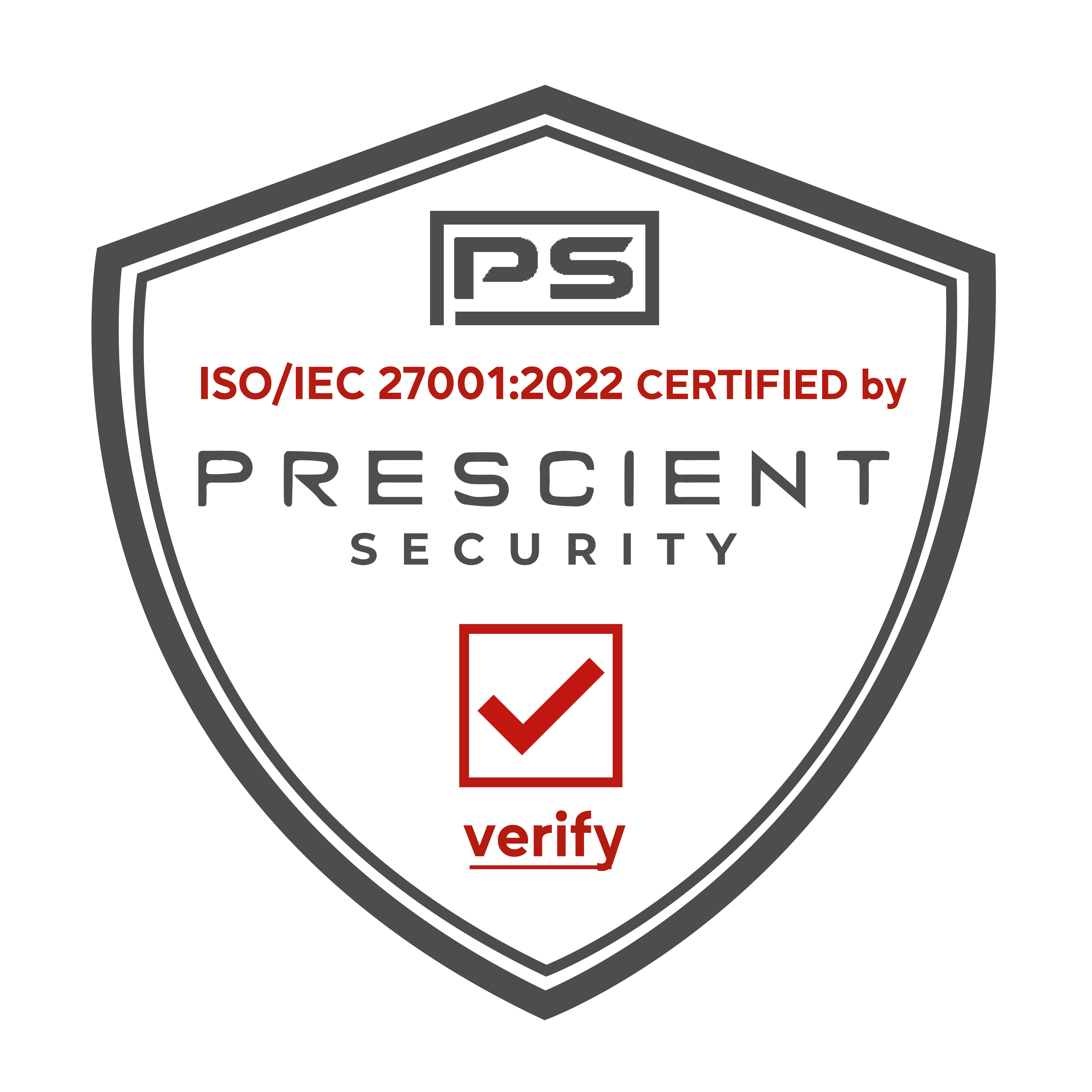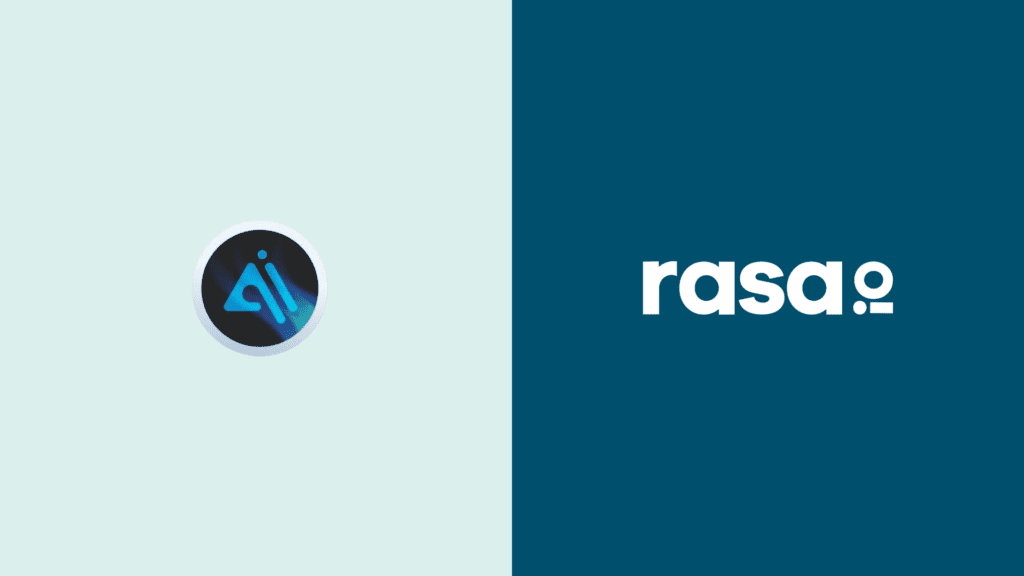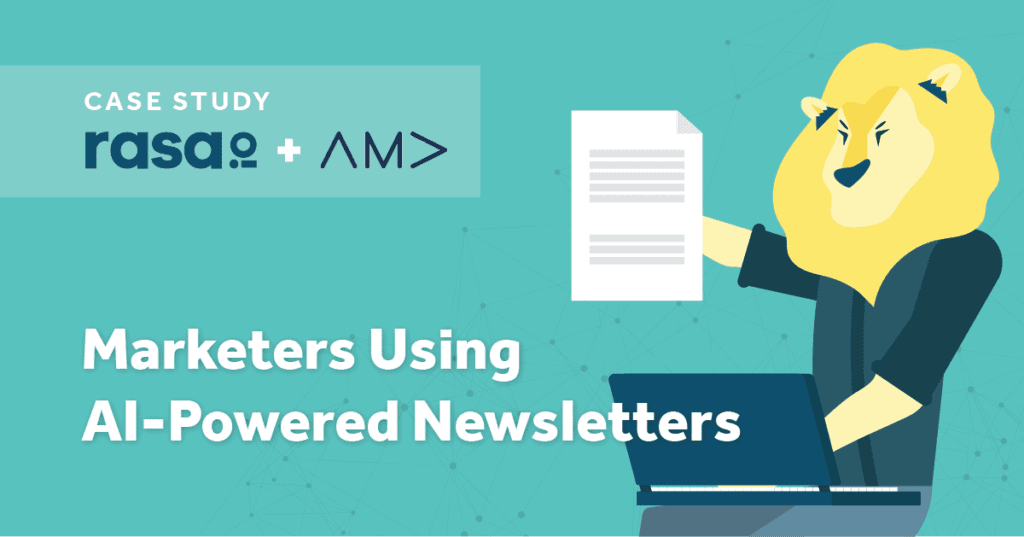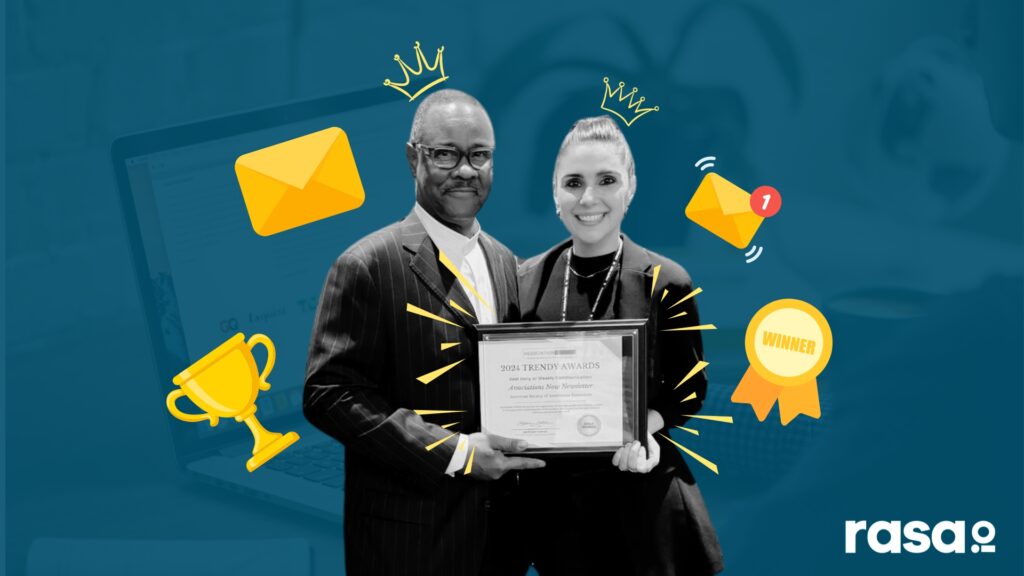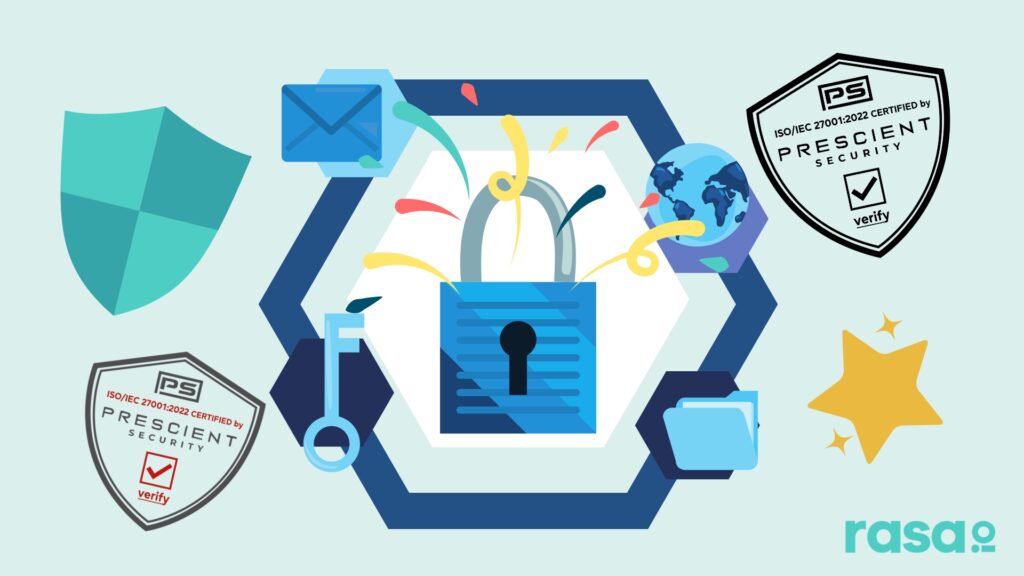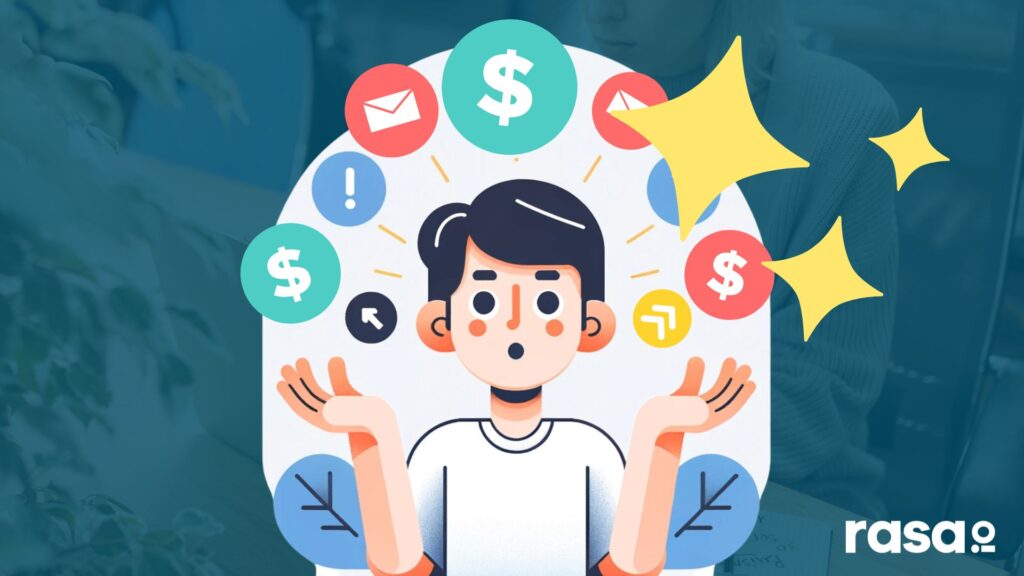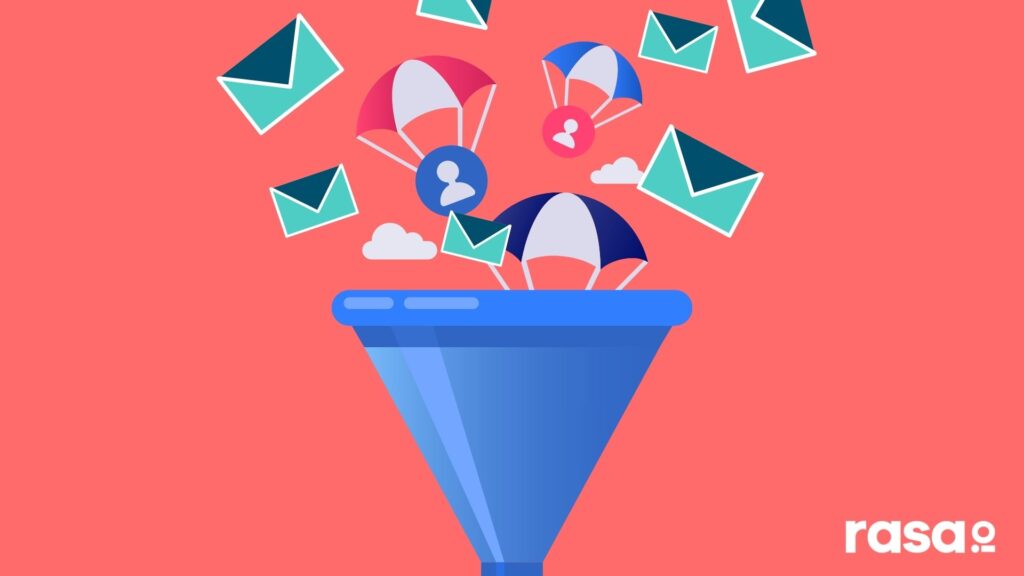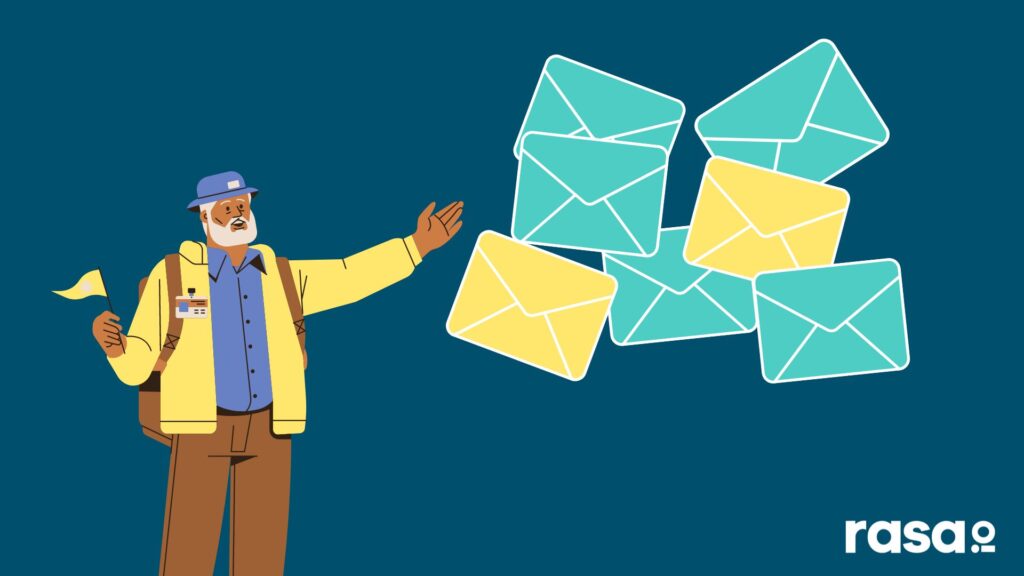Verne Harnish
How a 19 year newsletter veteran has mastered the art of publishing an email newsletter to serve his company’s growth and foster a high degree of influence with the audience of business leaders he’s working to support. The beautiful thing is that his approach is pretty simple and requires relatively little effort. This is Verne Harnish’s story about Pushing Send.
Verne Harnish is a bestselling business author and tastemaker who has been using email to engage his audience of fast-growth business owners and executives for the past two decades.
Key Points From This Episode:
- The origin of Verne’s newsletter began when he partnered with MIT to share what it really takes to grow a company.
- Verne dedicates a concentrated, specific time each week to create his newsletter and it helps him to stay current in his own field.
- Verne shares how email helped fill an entire room of people and create powerful business relationships
- Personally responding to readers helps him connect to his audience and gives him a deeper insight into where his readers are coming in.
- Internal communication is essential and that should come from the CEO directly to all employees in an organization.
- Verne shares that the pandemic had an interesting effect on his business.
Tweetables:
“It helps me build bridges and relationships with these top thought leaders who then Kevin Oaks and Hermann Simon are going to be on virtual summits that we’re going to be hosting next spring. And so it’s been a very powerful relationship builder.” – @AgileScaleUp
“It really comes back to one of our core values, which is to practice what we preach and the importance of chunking like activities together so that you can get into the flow.” – @AgileScaleUp
“Something that we highly recommend that CEOs do is engage directly with their audience.” – @AgileScaleUp
Links Mentioned in Today’s Episode:
Episode Transcript
Verne Harnish:
Well, it’s now a hot topic, but back then, I thought it was just as important is curation. There’s so much that is thrown at leaders every week. New books, articles, now, YouTube videos and the like, they don’t have time because they’re driving,growing business to kind of sort through and curate all of that and have somebody that they can then trust. You know, one of the things I do is say, I don’t just say, Hey, read this book, but why don’t you just go look at chapter six or go look at this page or go to this minute with a video. I thought that would be most helpful. And it came out of me running this executive program at MIT and working hard to curate information for that audience. I thought, why don’t I kind of share it more broadly.
Bryan Kelly:
From rasa.io, the free tool for sending smarter and better email newsletters. This is Pushing Send, a show featuring people who send emails, their subscribers actually want to read I’m Bryan Kelly and on today’s show how a business author and thought leader has been using an email newsletter for two decades to stay connected to his audience. Here’s Verne Harnish telling me when and how it all started. You said you’ve been publishing your email newsletter since running that executive program at MIT, but how long has it actually been?
Verne Harnish:
Knowing we were going to have this interview. I actually had to go back and take a look and started it in 2002. And that was right after I had to restart and start my company. We had gone from a half a million to a million, to 2 million to 4 million. I think I’m going to be doing 8 million and then 9/11 hit. And we were wiped out within a couple of months. It’s in restarting the business in 2002, this also became really our focus for driving the marketing of the business. And I can say it really has been the primary driver to our ability to scale over the last 20 years.
Bryan Kelly:
You hinted a bit at what led to the creation of your newsletter, but what’s the full origin story?
Verne Harnish:
Well, you know, I founded the, uh, the entrepreneurs organization back in 1987 and our premise always was that leaders are readers. They’re learners. It always separated out. We thought the winners from the rest and as part of launching that, I felt it needed an executive program. So YPO was partnered with Harvard. I tried to partner with Harvard. They said, no. So I went next door to MIT and it’s been a great partnership ever since. And it really, it was an opportunity again to curate the information for what it took to grow a company. There was a lot about startups and I have an MBA that’s supposed to teach you about how to run a big company, but there wasn’t the parenting manual for what you had to do to, to raise one of these companies from start to grown up. And so the MIT program was an excuse to begin to curate that information, to boil it down to a few days instead of multiple weeks. And, and I just continued that trend thing with the newsletter.
Bryan Kelly:
Well, how long does it take you to put together the newsletter each week?
Verne Harnish:
What’s interesting is, you know, that that phrase, the teacher learns more than the student could not be more true with this process of writing the insights and what it allows me to do. And so here’s actually the process. So people are always sending me as they do everyone else. Hey, I just read this book, take a look at it. Uh, authors will say, Hey, I’ve got a new book coming up. We’d love to have you endorse it. I’m constantly getting recommendations. And so what I do is I have just a simple word document. And as those are sent to me, I just put that over in the word document and say, all right, I have this one time in the week. It’s Thursday morning. And it takes me about four hours to just grab my favorite beverage and watch that video scan through that book. Take a look at that article, but I’m not trying to do a little bit every day. I’m just archiving it in one place. And then in this concentrated period of time, again, it’s about four hours a week. I have a chance then to get through the material myself and then the writing itself takes about an hour. So it’s three hours of looking at material and learning myself and picky. What really inspired me. And I thought it was new and interesting. And then an hour then to summarize it and as you know, having do, then summarize it and teach it is really the best way to learn the material. So it’s been a great way for me to keep up in my own field.
Bryan Kelly:
Sounds like it’s two-fold, helping you stay current while learning, and then all of your subscribers get turned on to what you’re sharing through your content curation efforts.
Verne Harnish:
You bet. And then it’s a lot like, uh, what a podcast does for people, because then in that process, it helps me build bridges and relationships with these top thought leaders who then Kevin Oaks and Hermann Simon are going to be on virtual summits that we’re going to be hosting next spring. And so it’s been a very powerful relationship builder as well.
Bryan Kelly:
When you talk about your process, it seems pretty well thought out and organized. Did you like start with this approach back in 2002 and has it changed over the last 18 years or so? What does that look like?
Verne Harnish:
You know, it hasn’t at all. It was the natural way to start just because I was constantly being bombarded by recommendations from our best clients and partners, influencers. And it was a great way for me to get through that material in a concentrated fashion. And it really comes back to one of our core values, which is to practice what we preach and the importance of chunking like activities together so that you can get into the flow. And so it really allowed me to kill multiple birds with one stone as the, as the phrase would go with this particular process. So it was really this from day one.
Bryan Kelly:
It sounds like one of the highest and best uses of your time, which of course really helps your business. Have you handed off any aspects of the newsletter to your team after you finish your part each week?
Verne Harnish:
I’ve never handed off the writing because again, it’s very therapeutic for me and it really forces me to summarize the material and learn it and all of that. So it has that first benefit to me, but in terms of then actually formatting it to getting it sent to it, getting posted on the blog, all the data around it tracked and the like. I have a team that handles that. And again, I’ve had that from day one.
Bryan Kelly:
So now I have to ask in the last two decades, have you ever had a moment where you thought I don’t want to do this?
Verne Harnish:
I cannot think of a time as you described where I ever thought it was a burden there’ve been, uh, all skipped certain weeks, like the holiday weeks and those, so I’ll take a vacation. I slow down a little bit in the summertime, but it coincides with the ebb and flow of our audience as well. And so it is pure joy. I absolutely love doing it.
Bryan Kelly:
It comes through that way. I mean, I’m a subscriber and I can always tell the amount of joy and effort you put into those emails. So has there been a specific moment where you realized the power of email and what it can help your business accomplish?
Verne Harnish:
Well, as I mentioned, I started in 2002 as I restarted the company and it was a way really to communicate with our existing clients and then in 2005, and I’ve had a partnership since 2001 with Fortune Magazine, we launched our first Scaleup Summit. We were doing some kind of quarterly events with them and trying some things, but it was Dallas 2005. And it was crazy. If you can imagine I got together at that event, the headliners were Jim Collins, Pat Lencioni, Seth Godin, I mean three of the biggest names still today. And I was lucky to get them when they weren’t quite as big names. And I discovered it was almost solely that weekly insight that filled up the room and generated close to a million dollars in revenue from just the cost of sending this out and having built up the database over the previous three years. And so that in a real economic sense is how powerful it’s been and it’s driven system wide. Our revenues today are close to 50 million and it is our primary marketing tool.
Bryan Kelly:
When we come back, Verne describes additional ways email has contributed to the growth of his business. Plus he shares some of the feedback he receives from subscribers. I’m Bryan Kelly, and you’re listening to Pushing Send from rasa.io.
rasa.io:
Creating email newsletters takes a lot of time. You might curate articles, write content, tweak your template, and look up metrics and not to mention you’re probably doing all of this once a week. Well at rasa.io, we said enough and built a free tool to simplify the process, which saves you time. It also uses AI to personalize emails for each subscriber based on their interests. That means they get stuff they like to read. I want to see how it works. Visit www.rasa.io and click how it works.
Bryan Kelly:
Welcome back to Pushing Send I’m Bryan Kelly. Verne Harnish is an influential business author focused on helping small businesses grow into larger ones and email plays a critical role in supporting his effort to stay connected with these very business leaders he’s trying to help here’s Verne diving deeper into the ways email positively impacts his company. Before the break you shared, how email helped fill a room of people and the impact it’s had on the growth of your company. Would you say it’s been effective in selling other products and services? Are you able to draw a straight line from the newsletter to revenue?
Verne Harnish:
Yeah. Well, first, if you look at typical funnel, the book and the books, you know, we’ve got almost 850,000 copies out into the marketplace. That is the top of the funnel, because then in the book I’ve always actively recommended, Hey, if you want to kind of keep up with what’s new sign up for my insights and what’s been fun. And I think a lot of folks have questioned if this was a good use of my time, but I’ve put my direct email address in the books. And so I receive dozens of drip. People can sign up for the insights online and we have other mechanisms and paths that are, you know, in their flight path of activity with our company that allows them to sign up, but I’m getting said a dozen or twoevery day. And I personally respond to that and it has allowed me to build some amazing first impression reactions with our audience. And it keeps me in, in some of the communications, there’ll be one or two that of the dozen or so every day that create a little bit of a back and forth. And it keeps me in touch with the marketplace and we get a few hundred every week. I even get a map of where they’re from and it’s crazy, the geographical distribution all over the globe, those folks that are signing up. And so that’s even a useful data point for me to see, you know, where they’re coming in and the timing of when they’re coming in and engaging in those conversations. And I just noticed this last week that somebody from Salesforce.com emailed me and signed up for the insights. And obviously that’s a major company and I was curious why aren’t most successful companies on the planet. And so I engaged in them. They just, absolutely. I just saw it on my accounting report this morning. They ordered a whole boxes of books that they’re distributing to a certain division within Salesforce. And those are things that I wouldn’t be really aware of if I wasn’t actively engaging with my audience every single day. And it’s something that we highly recommend that CEOs do is engage directly with their audience. This is her, this is Sam Walton when he started Walmart and then early on, it was his pickup truck. And later his plane, but he spent Monday through Thursday talking to customers, talking to employees and shopping competitors. And this even allows me to shop competitors. I’ll engage. And they’ll ask a question like, all right, we’ve been talking to EOS, how are you different than EOS? And I’m like, all right, those daily engagements have been critical.
Bryan Kelly:
That’s the feedback you get in regards to the effort you pour into each newsletter. Is there a reply you received from somebody perhaps that was so good. You wanted to print it off and put it next to your desk?
Verne Harnish:
Well, that is what also helps me then keep our team excited about our purpose of helping these really engines of the economy. The first responders of the global economy, their scale ups are going to be needed more than ever to get us out of this economic mess that this crisis has created. And so I’m lucky every week after I reengage and write back, because they’ve signed up, the first thing you say is, wait a second. I figured this would just be a robo response, but is that really you the author? And I’m like, yeah, that’s me. And then they’ll often pour out their heart and soul about what difference it’s made and how they’re in this situation. They’re a new CEO they’ve just been put in a position to, or they’ve just moved up in the organization or they’ve been, I get to hear all of their stories. And there was always one or two every week that that can share out with my community to say, Hey, just want to remind you of the difference that we continue to make out there with real people in the marketplace. And that’s why, again, it’s a triple win. Just the process of interacting with my audience that reads these insights and signs up for them.
Bryan Kelly:
Have you had anyone approach you at a live event that you’ve hosted or does feedback just come in via email?
Verne Harnish:
Oh, I, I get it every place I’ll bump into people at the airport and just say, Hey, you don’t know me, but I get your insights and particular methods that you shared, you know, is helpful or quote or whatever the case might be. So
Bryan Kelly:
That’s great. Well, with the audience, you’ve cultivated an audience of leaders at the helm of growing businesses. Are there ways you’ve pass along your belief in an email newsletter to them? Are you encouraging them to do the same exact thing?
Verne Harnish:
You know, it’s interesting, not at all. We’ve really left it up to people like yourself and others who have been in that business, HubSpot and others that help out. So you guys understand this world 10 X better than I do, and hardly an expert in this space. The only place we do emphasize it is the criticality of communicating internally. You know, that’s how Rob Glazer got his Friday Forward started. It was really was a message to his employees. And then they started to share it more broadly. And today it’s one of the more viewed emails and I enjoy getting it. I just got it a few minutes ago here on Friday. Like I D I get Tim Ferriss’, Friday Five Pointer. And so if we do have an emphasis, it’s critical to start with the CEO, communicating formally every week to all their employees. And it’s different than your weekly management meetings and all of that stuff. It’s from the CEOs mind, what are they thinking? What are they feeling? What are they focused on? And there Greg Brennemon , when he was turning around Continental Airlines was a voicemail that he put out in the tens of thousands employees could listen to, to Michael Dell via an email to Mark Zuckerberg at 5:00 PM, Thursdays, his Q and a with Mark, where he’s communicating with all the employees that want to hear what he’s thinking. And, and for him to hear back, this is a formal process that all of the great leaders do. And so we practice what we preach, literally just before I came on for this broadcast, I was finishing up my Friday communication that goes out to all of our coaching partners around the globe, because they want to know what’s on my mind and what I’ve been up to. And I will mention, you know, all of the broadcasts that I did this week. And so for sure, you want to start internally, nevertheless, and then it can be someone that you can begin to share more broadly.
Bryan Kelly:
And those are some really excellent examples of ways. Other leaders have been proactive in their communication. So that’s regardless of the channel, but email or otherwise. I think it really creates an environment and culture that creates a regular rhythm of communication.
Verne Harnish:
You know, the thing that I’ve wrestled with though is the frequency. Seth Goden. I get his every day, Brad Feld, it comes in two or three times a week. Tim Ferris is always on Friday. I was just even talking to our COO Abby this week. And do we have any data around how’s Thursday? We’ve been trying with Friday, we’re thinking about even send it out Saturday and seeing what the, if we can move the needle on the open rates. And so if we’ve had any recent thoughts around this weekly insight is because during the crisis, I moved to a quick daily because I really felt like things were changing that quickly. And I felt like people wanted and needed a little bit of boost every day. And it was very well received and we actually had higher open rates than I do for the standard weekly. And what’s been interesting is our open rates have actually dropped now over the last month. I think people are wore out. We’re trying to get an insight into what that is. I’m getting ready to look at the database to see what the open rate is across the whole database over a two month period. Because last time we checked, 70% of the database opened one, at least one over a two month period. So we’re going back to take a look at some of that data, but those are the places where we’re going back and trying to see, all right, what might we do for 2021 to kind of innovate? Now, what we decided, what we never did though, was put in big fancy banners and those kinds of things and Seth doesn’t and Brad Feld does it. And Tim Ferriss doesn’t. And we think that kind of plain text, especially in an email has been useful. So we’ll be doing a lot of tests. We’re actually also sending out something daily, kind of at one minute, inspiration each morning, we’re doing a test to about 16,000 and seeing what, how that’s being responded to and what the, how many people opt out and the like, so we do continue to try to innovate and test.
Bryan Kelly:
I’m so glad to hear you say that because it underscores this fact, there isn’t a one size fits all answer. You constantly have to be assessing and reassessing. Shifting gears. I wanted to ask you how email might’ve helped you overcome events like the pandemic, and maybe even the great recession which happened around a decade ago.
Verne Harnish:
Well, what’s, what’s been interesting is our business has actually gone up in each of the recessions and it’s, and we’ve concluded. It’s mainly because people aren’t as busy. You know, when you’re, you just got the wind at your back and your hair’s on fire, like we have the last thousand years now, the big excuse people got to not come to an event is, Hey, we’re just, you know, we only have three minutes to spare. And I think it’s the same with reading the emails and all of that, where right now folks have got a little bit more time and they also know they need to learn. And so we actually set our open rates, just soared in the depth of the pandemic. It was obviously related to the importance of making sure that we shared relevant content, but it was crazy. We had hoped this year, Bryan, to have we set a goal to have 2020 paid attendees at our two big summits. Well, we ended up having 18,000 paid at our five virtual summits. So our reach was almost 10 apps and in this pandemic, and we didn’t give it away for free. You can get a lot of folks to sign up. And our engagement rates, we had people sign up for 90 minutes, this, that, or the other thing. And you’re lucky if 20% actually show and we ran between 67 and 73% live attendance through the entire 90 minutes of the events that we did. And that kind of level of engagement that we think is unheard of. And now we’re ready to say, all right, for 2021, we’ve got some big plans in place. How do we take that from 18,000 to 180,000? How do we really 10 X our reach? And so the recession of 2008 and the pandemic have been absolute times for us to be ambitious and really grow
Bryan Kelly:
Verne Harnish has mastered the art of publishing an email newsletter to serve his company’s growth and foster a high degree of influence with the audience of business leaders he’s working to support. The beautiful thing is that Verne’s approach is pretty simple and requires relatively little effort. Coming up on our next episode, we’ll hear from David Meerman Scott, the author of a dozen best-selling marketing books. David explains some very specific and strong feelings he has about email and he shares a number of great examples and ideas for doing email marketing in a much more radical way. You won’t want to miss with David shares. So if you’re listening to Pushing Send for the first time, be sure to subscribe at Apple Podcasts or wherever you’re listening. So you don’t miss an episode. And if you’ve enjoyed what you’ve heard and encourage you to check out a few other episodes while you’re here, lastly, leaving a review will help us share these stories with others. Like you, thanks in advance for doing that. I’m Bryan Kelly, and you’ve been listening to Pushing Send from rasa.io.







